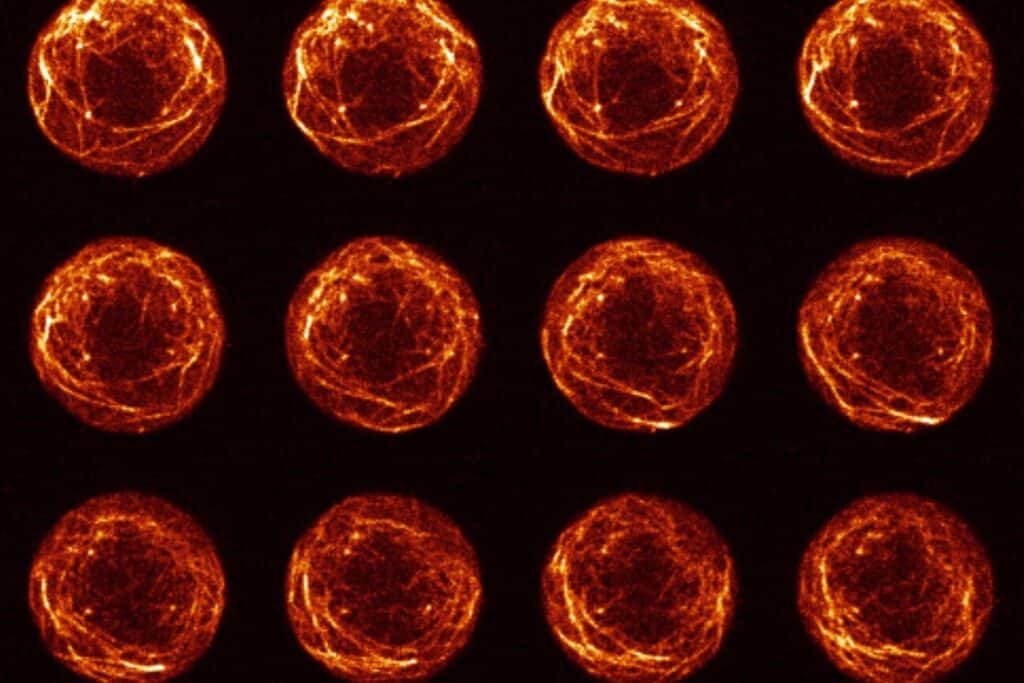
Tiny bulldozers scientists for the first time observed the movement of germ cells in the embryo
(ORDO NEWS) — It has long been known that the primary germ cells of the fruit fly the stem cells that later develop into eggs or sperm move like amoeba in cell culture. However, now scientists have found that in the embryo itself, these cells move in a completely different way.
In most animal species, primary germ cells , from which the germ cells of the body, spermatozoa or eggs, will later develop, appear in the primary field and migrate to the developing genital organs.
The journey seems short, but keep in mind that the cells themselves are tiny, so the whole journey takes several hours.
Previously, scientists have already observed how germ cells move in a laboratory cell culture: they crawled like amoeba , forming pseudopods , which clung to the substrate.
However, the behavior of cells in culture and the behavior of cells in a living embryo are often different things, so the researchers were not sure that cells move in the same way in the embryo.
And now they finally have the opportunity to be convinced of this: the journal Science Advances published the results of a study according to which germ cells in their movement do not imitate amoebas, but … bulldozers. They move by a special process called cortical flow , much like bulldozers ride on rotating tracks.
No prolegs: during movement, the germ cells do not change their spherical shape, but simply roll forward, causing the cell membrane to “flow” in the right direction.
This method is much more efficient than movement with the help of pseudopods, especially when it comes to the internal environment of an embryo “crammed” with other cells: germ cells deftly squeeze between neighbors, and do not look for free proteins that their pseudopods could grab onto.
In the future, the researchers intend to continue their research to learn more about how cells reach their destination within the embryo and the mechanisms of cortical flow.
Since some cancer cells move in a similar way, such studies could help develop new anti-cancer drugs.
—
Online:
Contact us: [email protected]
Our Standards, Terms of Use: Standard Terms And Conditions.









